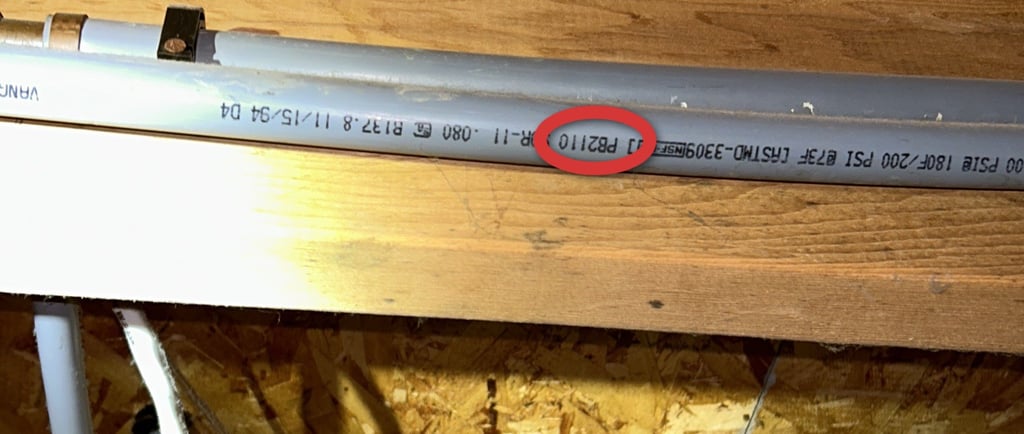Understanding Polybutylene Water Lines
If you're a homeowner or prospective homebuyer, you may have heard the term "polybutylene pipes" mentioned in the context of plumbing. These pipes were widely used in residential construction and plumbing systems from the late 1970s to the mid-1990s. However, they have since gained a reputation for being problematic, leaving many homeowners with questions. In this article, we'll delve into what polybutylene pipes are, why they're considered an issue, and what you can do if your home has them.
What Are Polybutylene Pipes?
Polybutylene is a type of plastic resin used to manufacture water supply piping. It was celebrated in its heyday for being lightweight, flexible, and inexpensive compared to traditional materials like copper. These pipes are typically gray, blue, or black and were installed extensively in single-family homes, townhouses, and apartment buildings.
Why Are Polybutylene Pipes Problematic?
While polybutylene pipes initially seemed like a great innovation, they were later discovered to have significant flaws:
Chemical Reactions:
Polybutylene reacts poorly to chlorine and other oxidants commonly found in municipal water supplies. Over time, these chemicals cause the pipes to become brittle, leading to micro-fractures and eventual failure.
Failure Rates:
Deterioration can happen without visible signs, making pipe failure unpredictable. This often results in leaks or even catastrophic flooding.
Class-Action Lawsuits:
In the 1990s, multiple lawsuits were filed against manufacturers of polybutylene pipes. While settlements provided financial assistance for replacements, many homes with these pipes remain untouched.
Identifying Polybutylene Pipes
If you're unsure whether your home has polybutylene piping, here are some tips for identification:
Location: Check exposed pipes in basements, crawl spaces, or near water heaters.
Color: Polybutylene pipes are usually gray, blue, or black.
Stamping: Look for markings like "PB2110" or "Polybutylene" on the pipes.
When in doubt, consult a licensed plumber or a professional home inspector.
What Should You Do If Your Home Has Polybutylene Pipes?
Replace the Pipes:
Replacement is the only long-term solution to mitigate the risk of leaks or water damage. Costs can vary based on the size of your home and the complexity of the plumbing system.
Regular Inspections:
If replacement isn't immediately feasible, schedule regular inspections to monitor the condition of your pipes and catch potential issues early.
Inform Your Insurance Provider:
Some insurance companies may refuse coverage or charge higher premiums for homes with polybutylene pipes. Notify your insurer to understand your options.
Consider Home Value:
Homes with polybutylene pipes may face reduced market value or increased difficulty during resale. Replacing them can enhance your home’s appeal and prevent future complications.
Conclusion
While polybutylene pipes are no longer installed in modern homes, many properties built during their era of popularity still contain them. Understanding the risks and taking proactive steps to address them can save homeowners from costly repairs and insurance headaches down the road. If you're purchasing a home, a thorough home inspection can provide clarity about the plumbing materials present, ensuring you make an informed decision.
For expert advice or a comprehensive home inspection, contact Foresight Home Inspection. We're here to help you ensure your home is safe and sound.


